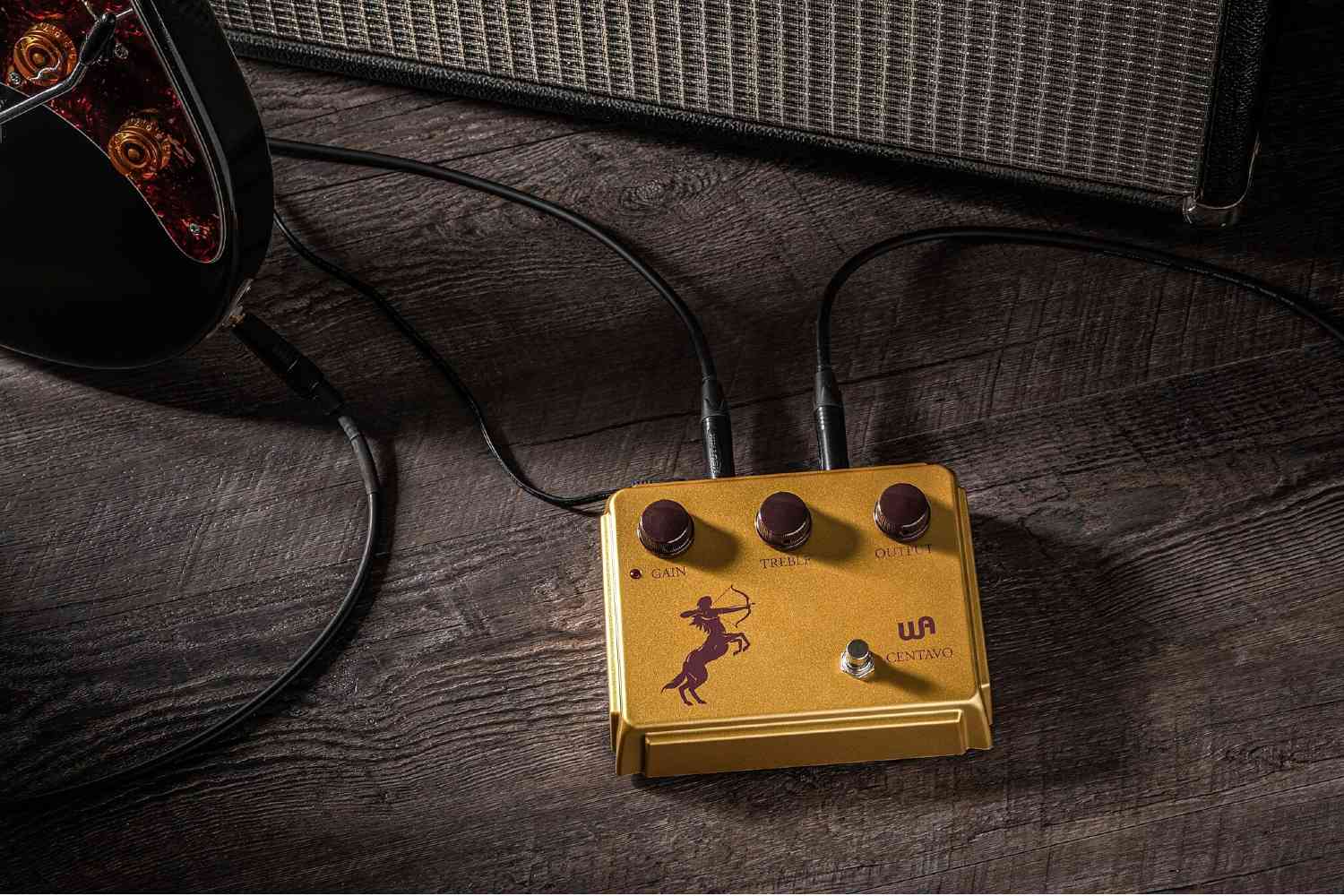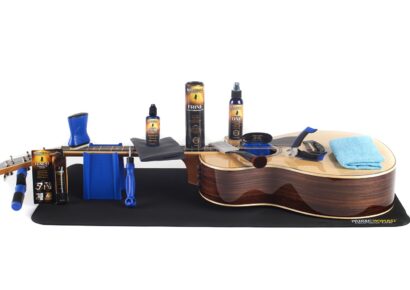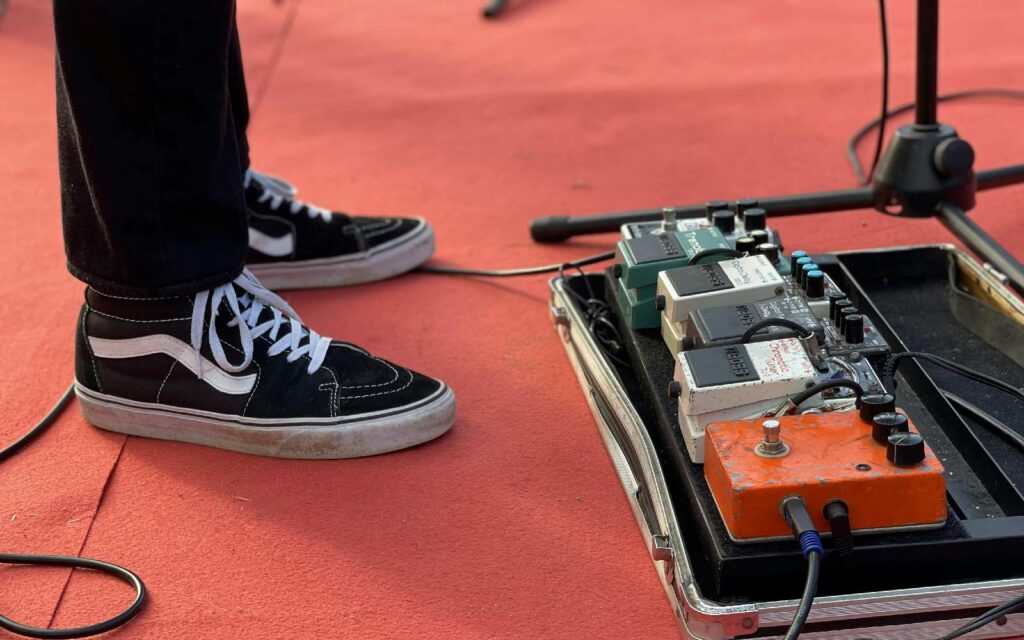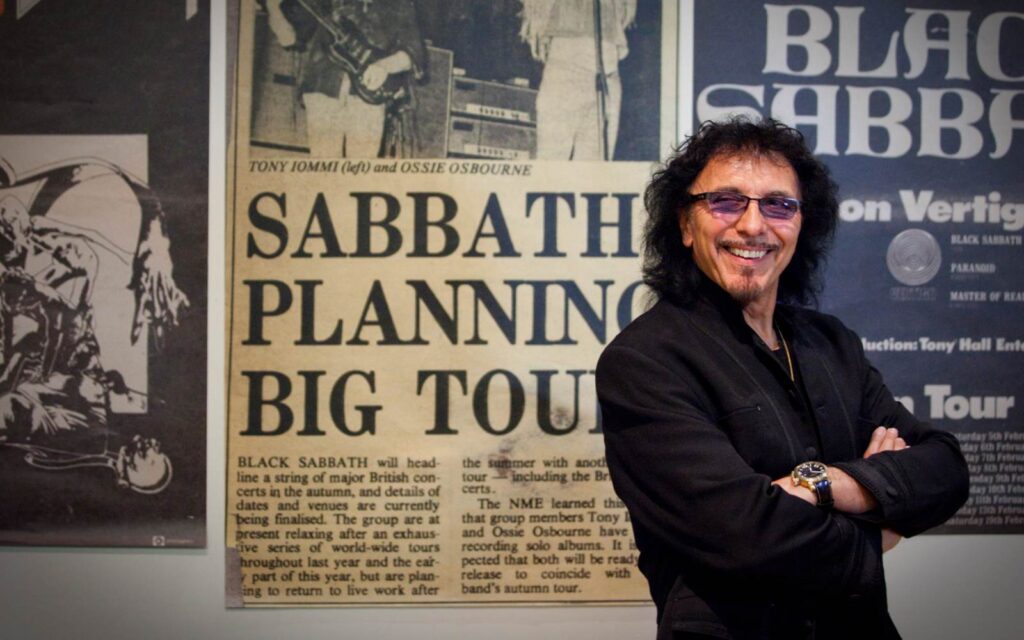Warm Audio are by no means the first company to sell cheaper clones of classic pro audio gear, but it’s hard to think of a company that does it better.
Warm Audio are by no means the first company to sell cheaper clones of classic pro audio gear, but it’s hard to think of a company that does it better. Their ethos is simple – make sonically brilliant versions of classic analogue equipment accessible to the everyman. Their impact on the landscape of the pro audio industry has been immeasurable, achieved through rigorous design and development in their Texas facility, outsourcing manufacture in high volume with meticulous quality control. The results have been spectacular, with the brand scoring accolades and nominations for some huge awards, while earning rack real estate in home and professional studios the world over.
Read up on all the latest features and columns here.
Warm Audio have been associated mostly with pro audio gear, like preamps, mics, EQs and compressors, but in recent years they’ve dived into the world of boutique guitar pedals. Their first in 2020, the Foxy Tone Box, fits their pattern of democratising vintage gear, based on the near-unobtainium Foxx Tone Machine – a thick, gnarly germanium fuzz from the ‘70s. In 2021, they released the WA-JP Jet Phaser, based on Roland’s now-incredibly-expensive model of the same name, also from the ‘70s.
2022 looked to be all quiet on the pedal front for Warm, until the latter half of the year when they announced two more pedals, both of the overdrive family – the Centavo, which they claim to be an exact replica of the near-mythical Klon Centaur, and the Warmdrive, a likewise precise rendition of Alfonso Hermida’s Zendrive original circuit. In honour of the recent launch of these two additions to Warm Audio’s pedal arsenal, we’re taking a retrospective look at their previous releases and introducing the newcomers.
Foxy Tone Box (2020)
It’s hard to think of a better symbolic representation of ‘70s rock and roll than a fuzz pedal covered in faux fur. The Foxx Tone Machine was just that and more, favoured by icons such as Peter Frampton, Billy Gibbons, and Adrian Belew. Based around the same germanium transistor as the original unit, the distinctive layout is faithful to the original, with a footswitch on top and side-mounted volume, sustain, and tone (‘fuzz mellow-brite’) controls plus a switch to bring in the upper octave. The rather large orange enclosure is even wearing a horrible velvet coat, just like the original.
WA-JP Jet Phaser (2021)
Something about the combination of fuzz and phaser awakens the teenage Hendrix fan lying dormant inside me. The WA-JP is less of an exact replica than its Warm Audio pedal friends, with the steel sheet enclosure sandwiched between wooden end cheeks in favour of the original cast box with crackle paint finish.
The other improvements are similarly welcome – the components have been upgraded to metal film resistors, film capacitors, and true bypass has been added to the circuit. The controls, however, are all familiar, with the layout centred around a rotary switch with six modes; four labelled ‘Jet’, phaser with fuzz, and two labelled ‘Phase’, which skip the fuzz circuit. Increasing the ‘Resonance’ control feeds the output back through the circuit, producing a more pronounced jet-plane-like ‘whine’, whilst ‘Slow Rate’ takes you from long, thick sweeps through to watery Leslie-speakeresque seasickness. In another Leslie parallel, the ‘Fast/Slow’ footswitch gradually accelerates the rate of the phaser from its ‘Slow Rate’ up to maximum, simulating the classic move favoured by Hammond organists.
Centavo (2023)
The Klon Centaur, released in 1994, pretty much kickstarted the ‘transparent’ overdrive craze and the boutique pedal industry simultaneously. Originals will now set you back more than a decent second-hand car; it’s quite possibly the world’s most sought-after pedal. Naturally, clones exist in abundance, ranging from cheap approximations to small-batch, no-expense-spared, ultra-boutique replicas. The man responsible for the original, Bill Finegan, even entered the fray with the budget-friendly KTR Klon, with the iconic enclosure featuring the disclaimer ‘kindly remember: the ridiculous hype which offends so many is not of my making’. Predictably, it now resells for many times its original market price.
Few ‘Klones’ on the market can claim to be as exacting as Warm Audio’s effort, with its identical gold enclosure, exactly proportioned oxblood knobs, and even a similar centaur graphic. Under the hood, the circuitry is similarly meticulous – they’ve sourced the same TL072 op-amps, 1N34A Germanium diodes, and internal charge pump voltage regulator that allows the circuit to run on 18V from a 9V power source. The Centavo also adds a switch on the back which activates a mod popularised by Jeff Beck, which extends the low-end response by shifting the highpass filter for thicker high-gain sounds.
Warmdrive (2023)
Alfonso Hermida first conceived of the Zendrive as an improved version of the ubiquitous Tube Screamer circuit. Though still a midrange-focussed overdrive, the Zendrive allows the player to vary the amount of bass which enters the drive stage, as well as the amount of treble which leaves it, vastly increasing its versatility compared to the Tube Screamer’s limited tonality. The Warmdrive faithfully recreates the style and layout of the original pedal, with controls for ‘Volume’, ‘Gain’, ‘Tone’ and ‘Voice’ (bass cut). It sources the same 1N34A germanium and Schottky BAT31 silicon diodes and 2N700 MOSFETs as the original Zendrive circuit, providing the same lead tones at a very attractive price.
Your average guitarist would be forgiven for being unfamiliar with the Warm Audio. If their recent success in the pedal domain is anything to go by, that’s probably going to change sooner rather than later.
Keep up with Warm Audio here.







